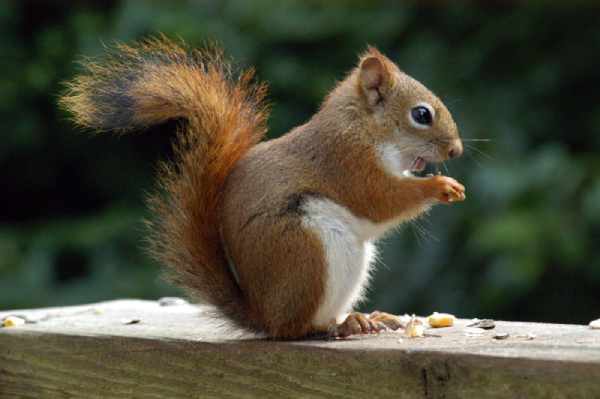It’s not uncommon to find animals that exhibit certain human-like characteristics, including greed. These creatures have a tendency to desire more than what’s necessary for survival, indicating their insatiable nature.
Table of Contents
Yet, despite the presence of greedy animals, humans hold the title of being the greediest species on earth. Our constant craving for more and more sets us apart from other beings, despite the fact that not everyone demonstrates such behaviour.
Below are some of the most avaricious animals found in the animal kingdom.
List of 11 Most Greedy Animals in the World
Squirrels
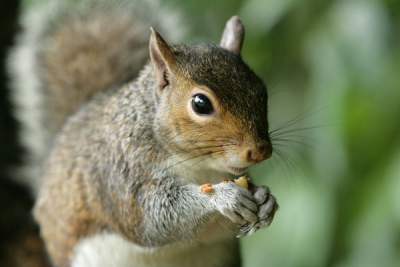
Scientific Name: Sciuridae
Type of Animal: Mammal
Diet: Omnivore
These adorable rodents have a reputation for being incredibly greedy. When given the opportunity, they’ll take much more than they require, sometimes consuming up to double their body weight when they’re hungry.
What’s more, squirrels have the ability to transport food that’s equal to the weight in their mouths. Thanks to their large mouths and expandable cheeks, they can easily stuff food inside.
In preparation for winter, squirrels are also famous for hoarding food such as nuts, often amassing more than they actually need. Not only are they possessive of their food, but they’re also fiercely protective of it. Anyone who tries to pilfer their stash risks being attacked and sustaining numerous scratches and bites.
Pigeons
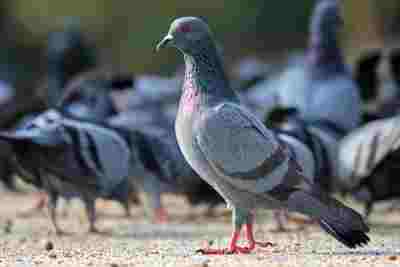
Scientific Name: Columbidae
Type of Animal: Aves
Pigeons are widely regarded as one of the most voracious animals, constantly seeking food and eating until there’s nothing left. Their insatiable appetite is evident in their tendency to continue approaching for more food, even after being fed numerous times.
In one feeding session, pigeons can consume up to their entire body weight in food – a significant amount for any creature.
However, their non-stop feeding is problematic as it leads to increased defecation. This has resulted in some countries prohibiting the feeding of pigeons in public parks and other areas. Such policies aim to prevent the accumulation of pigeon droppings, which can deface buildings and park benches, making them unsuitable for use.
Hamsters
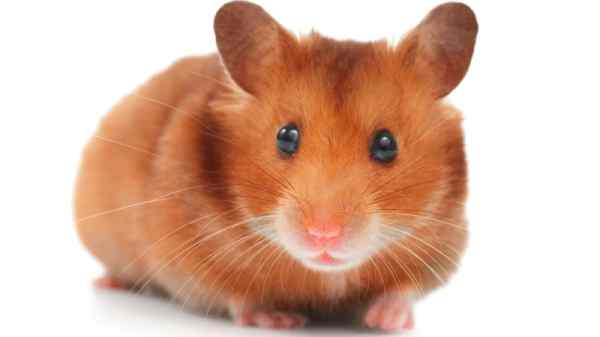
Scientific Name: Cricetinae
Type of Animal: Mammal
Diet: Omnivore
Hamster owners are well aware of their pets’ insatiable appetite for their favourite foods and treats. These rodents have a strong affinity for food, and one of the best ways to win their affection is by feeding them.
However, it’s crucial to be mindful of the amount of food you offer your hamster, as they’re inclined to consume everything you give them and still ask for more. While certain hamster breeds can be more particular about their food preferences, most hamsters love to eat and will consume large quantities of food, especially if it’s something they enjoy.
To maintain a healthy and happy hamster, it’s crucial to encourage them to exercise regularly, given their predisposition towards overeating.
Pigs
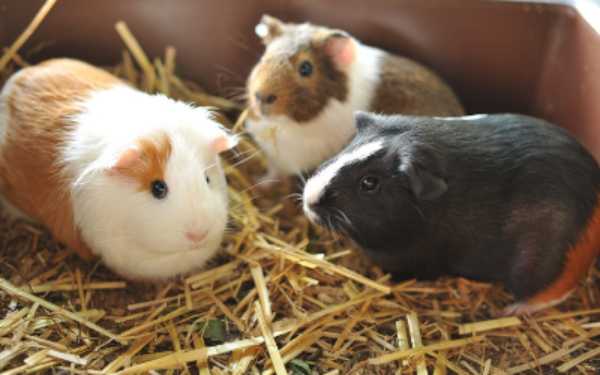
Scientific Name: Sus scrofa domesticus
Type of Animal: Mammal
Diet: Omnivore
When someone says “eat like a pig,” it implies overeating beyond what’s necessary. While pigs don’t necessarily exhibit greedy behaviour, they do require substantial amounts of food to maintain their bodily functions.
Pigs may be regarded as greedy when they’re hungry, as they’ll consume virtually anything in their path, including meat, vegetation, and even their young. Typically, they’ll eat as much as they can at one time.
Contrary to common misconceptions, pigs aren’t inherently unclean animals that enjoy wallowing in their food. They’ll only do so when they’re hot, as it helps regulate their body temperature by providing a cooling effect, given that they lack sweat glands.
Hyenas
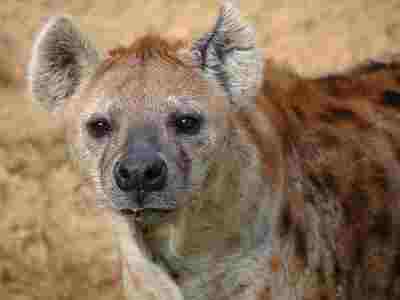
Scientific Name: Hyaenidae
Type of Animal: Mammal
Diet: Carnivore
Hyenas are often dubbed as the most gluttonous animals in the wild, although this assertion is subject to debate since they’re also commonly associated with cowardice. Hyenas are scavengers, and they lack the courage to hunt on their own, making them reliant on the remains of other animals to survive.
One could argue that hyenas are greedy because they’re never satisfied with the amount of food they get, even when they steal a kill from another predator. They’ll relentlessly scavenge for food throughout the day, even if they’ve just eaten.
While a solitary hyena may not pose a significant threat to other animals, a pack of hyenas can be incredibly destructive.
Gorillas
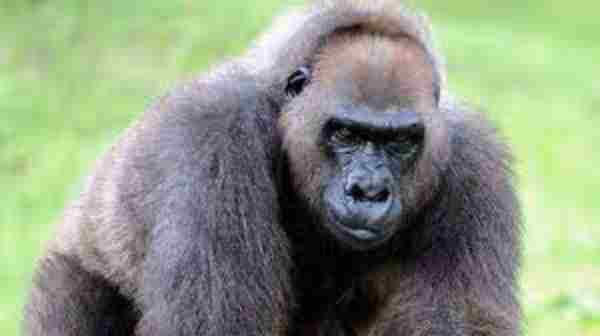
Scientific Name: Gorilla
Type of Animal: Mammal
Diet: Herbivore
Gorillas are notorious for their insatiable appetite and spend the majority of their daytime feeding. For instance, a fully grown male gorilla can consume over 30kg of vegetation daily, which may not appear to be much compared to its body weight.
However, since plants are not as dense as flesh, the gorilla must consume a more significant quantity to meet their nutritional requirements. Despite having muscular bodies and prominent canines, gorillas are herbivores.
Their diet mainly consists of leaves, shoots, and shrubs, and they can quickly strip a patch of greenery bare.
Foxes
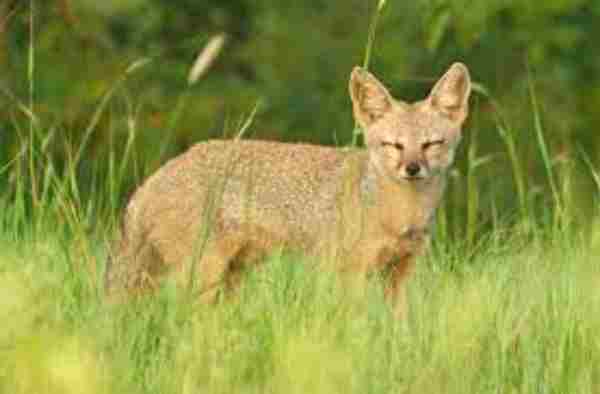
Scientific Name: Vulpes
Type of Animal: Mammal
Diet: Omnivore
Foxes are commonly regarded as crafty animals, and this is indeed true. Unlike most animals that are considered greedy because they eat more than necessary, foxes are not classified as greedy for this reason. Instead, foxes are seen as greedy because they often kill more than they can eat.
Eating too much food would be dangerous for them because they are not large animals, and they need to be able to move quickly. Nonetheless, this does not deter them from hunting small animals, such as birds, that are easy prey.
Tiger Sharks
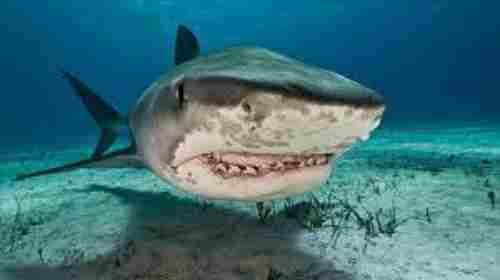
Scientific Name: Galeocerdo cuvier
Type of Animal: Fish
Diet: Carnivore
Contrary to common belief, not all sharks are gluttonous creatures. Most sharks do not attack unless necessary, but the tiger shark is an exception. This species is notorious for being one of the most perilous sharks in the ocean because it will consume anything in its path.
Even when full, the tiger shark will take a bite out of anything that crosses its path. This shark has also been known to eat garbage and debris, leading to the findings of foreign objects in its stomach. Although tiger sharks prefer to hunt at night, they will not hesitate to attack during the day if they come across potential prey.
Tasmanian Devils
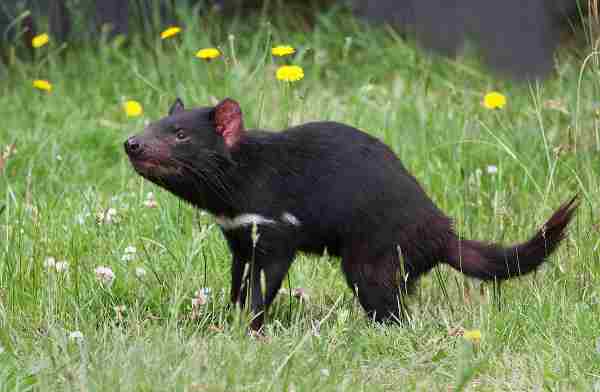
Scientific Name: Sarcophilus harrisii
Type of Animal: Mammal
Diet: Carnivore
The Tasmanian devil is a remarkable animal that is known for its voracious appetite. In less than an hour, it can eat more than 40% of its body weight. The Tasmanian devil is one of the few animals that can eat at such a rapid pace.
However, it usually consumes this amount of food throughout the day, and it only eats fast when it is necessary. Tasmanian devils are meat eaters and primarily consume small animals, snakes, and birds.
They are not great hunters, but they hunt enough to ensure that they have sufficient food to sustain them.
Puffins

Scientific Name: Fratercula
Type of Animal: Aves
Diet: Carnivore
Despite its small size, the puffin has a big appetite and a particular liking for fish, which it mostly eats due to its proximity to water bodies. It is a skilled fish hunter, capable of catching and devouring half its body weight in fish.
To maximize its catch, the puffin captures several small fish at once and rapidly consumes them. In addition to fish, the puffin may also consume insects and grains, depending on availability.
American Pygmy Shrews
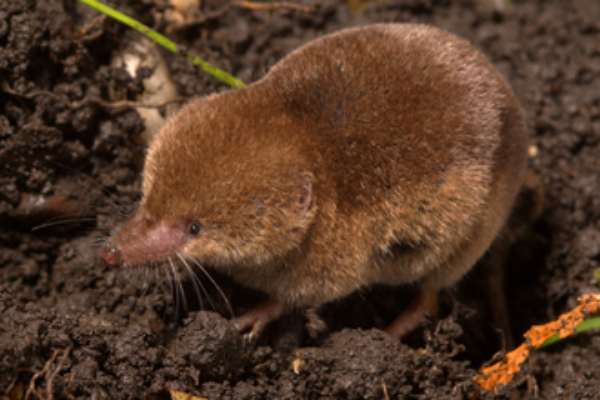
Scientific Name: Sorex hoyi Baird
Type of Animal: Mammal
Diet: Insectivore
The final entry on our list of gluttonous animals is the American pigmy shrew. Despite being small, this shrew is known to eat a lot, but it has a good reason for doing so. The American shrew lives a fast-paced life, constantly moving and expending energy. Therefore, it needs to eat frequently to keep its energy levels up.
Due to their high metabolism, shrews rarely become overweight, even though they consume a significant amount of food. Their digestive system is always working to digest their food, and they require a daily intake of food that is equal to their body weight.
It is believed that if a shrew fails to eat enough food in a day, it can lead to their death.
Final Words
Although some animals are content with just enough food to sustain themselves, others are much greedier. These animals may gorge themselves on food or hoard it for later. However, humans are often considered the greediest creatures of all.
Unlike other animals, human greed extends beyond food. Humans are often greedy for money and material possessions such as furniture and clothing. In many cases, humans are reluctant to share their wealth or possessions with those in need, even when their own excess is causing suffering.
Reference:
- https://projecteuclid.org/journals/annals-of-applied-probability/volume-3/issue-4/Greedy-Lattice-Animals-I-Upper-Bounds/10.1214/aoap/1177005277.full
- https://www.sciencedirect.com/science/article/pii/S0304414901001429
- https://ro.uow.edu.au/asj/vol10/iss1/9/

Jeevan Kodiyan
An animal enthusiast with an interest in zoology, studying the behavior and activities of animals in the wild habitat. I work on research projects related to species conservation and endangered species protection. I also leverage zoology to become an educator, educating others about the importance of protecting our natural environment and the beauty of animals in their natural habitats.

